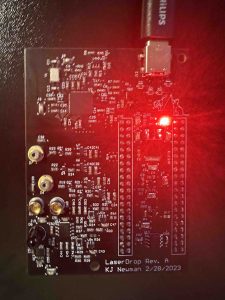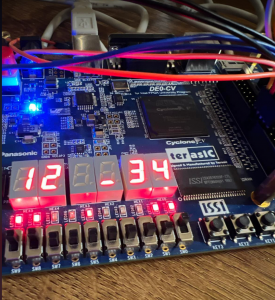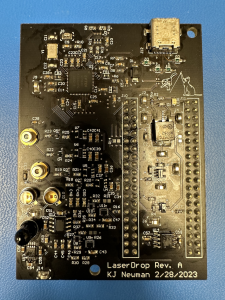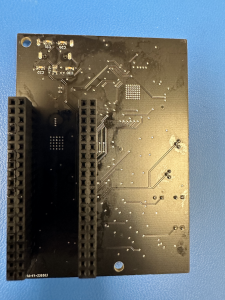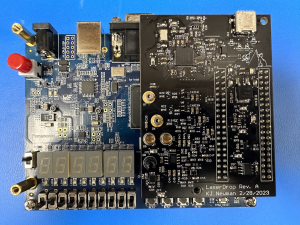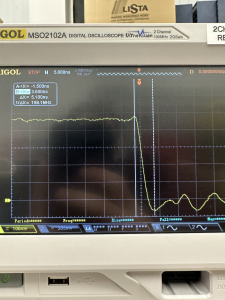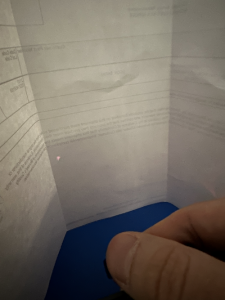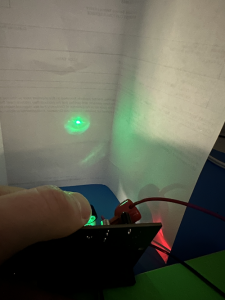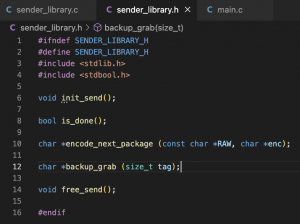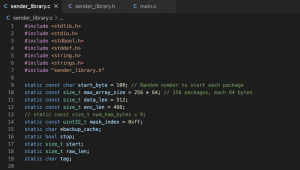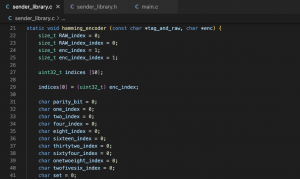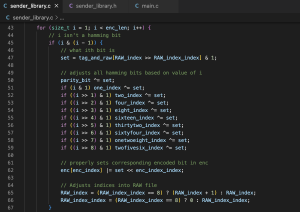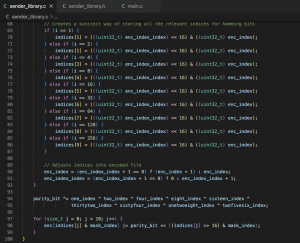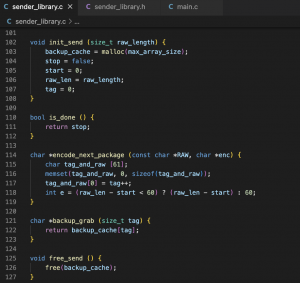What I did
I worked with Anju and contacts in ECE who have more experience with embedded systems in an attempt to program the EEPROM to control the power draw and VCP and FIFO modality of the FTDI chip. I had difficulties understanding the data sheet and relied heavily on my friends and Anju. Anju and KJ were ultimately able to program the EEPROM settings for power draw.
I wrote test cases for my hamming encoding code and have debugged various portions of my code.
I have begun thinking about implementing a script that takes in user input to start detecting, sending, or otherwise waiting idly. I have a simple main function that takes in a 0 or 1 for now to indicate send or receive. I hope to develop a more sophisticated system for setting modality.
Schedule
My Schedule was slightly delayed by my inability to understand interfacing with the hardware. I hope to test further this week to understand how to send signals to the device and have code for next week. I hope to work heavily this week attempting testing USB C communication to make up for my delay.
Deliverables
I hope to have a rough working system that interfaces with the PCB to flash lasers upon signaling and receive laser signals upon signaling. At the very least, I hope to understand the pipeline for signaling between my computer and the device.

